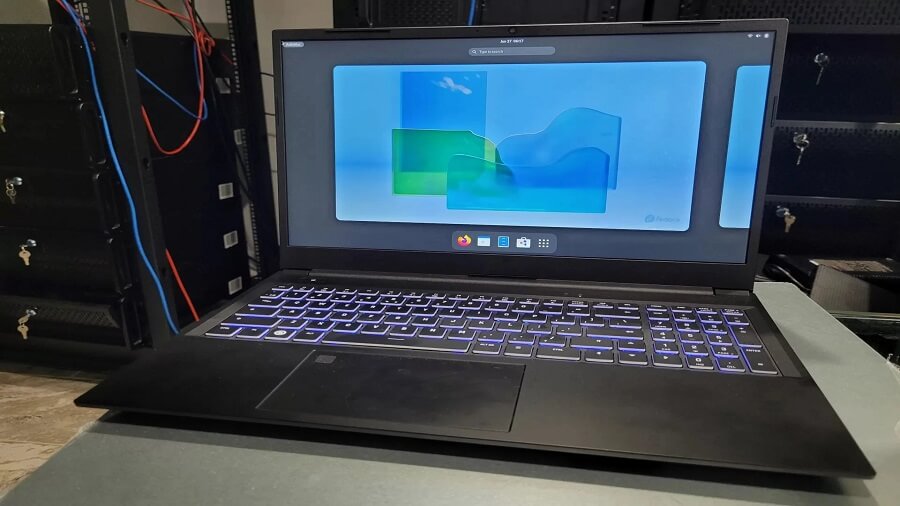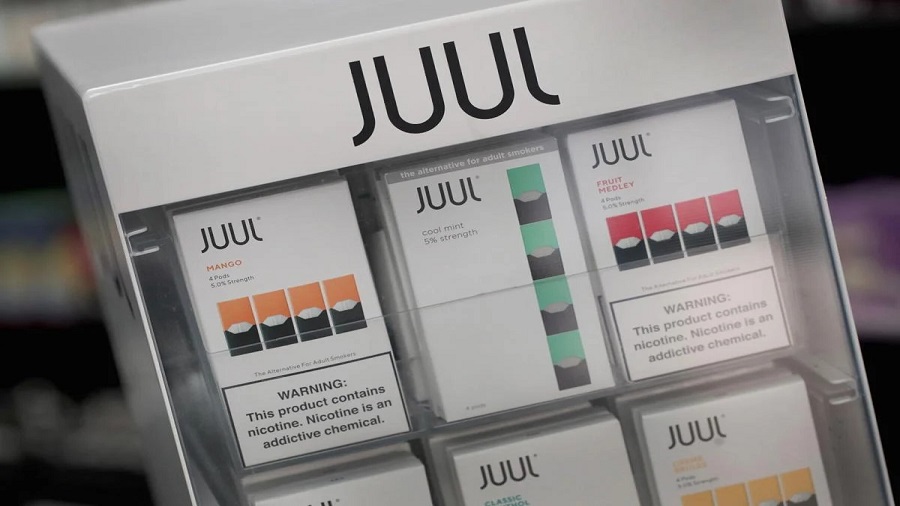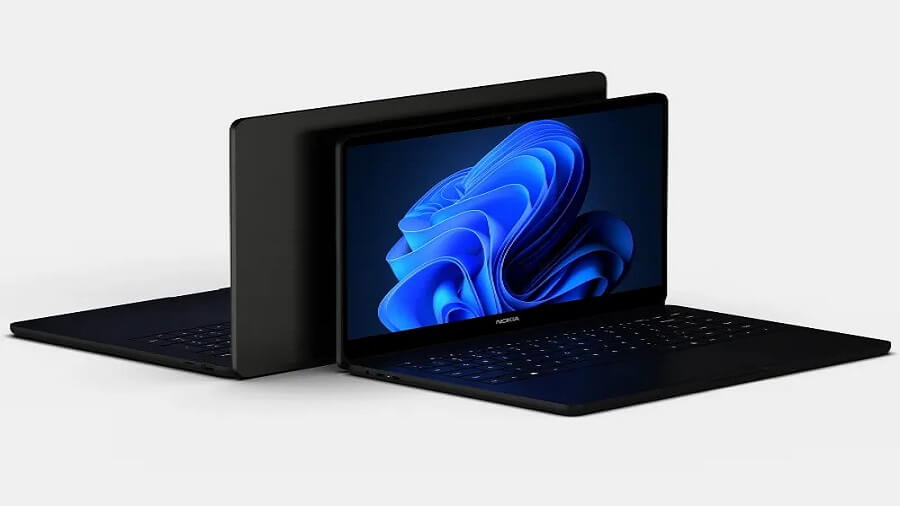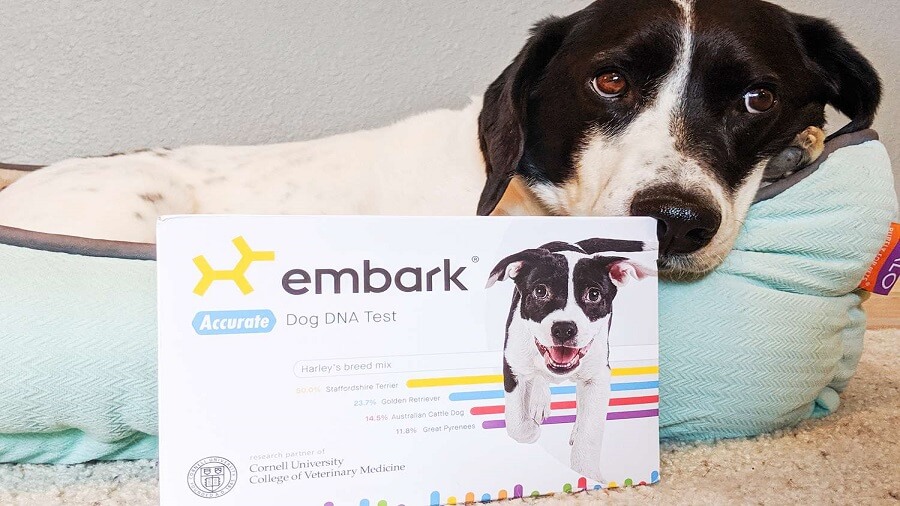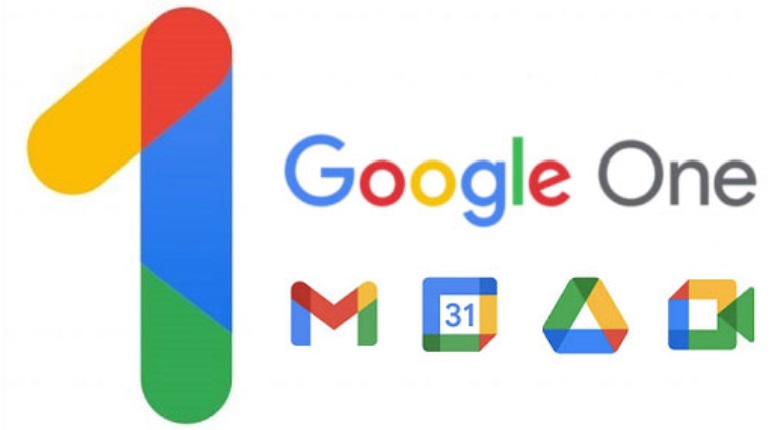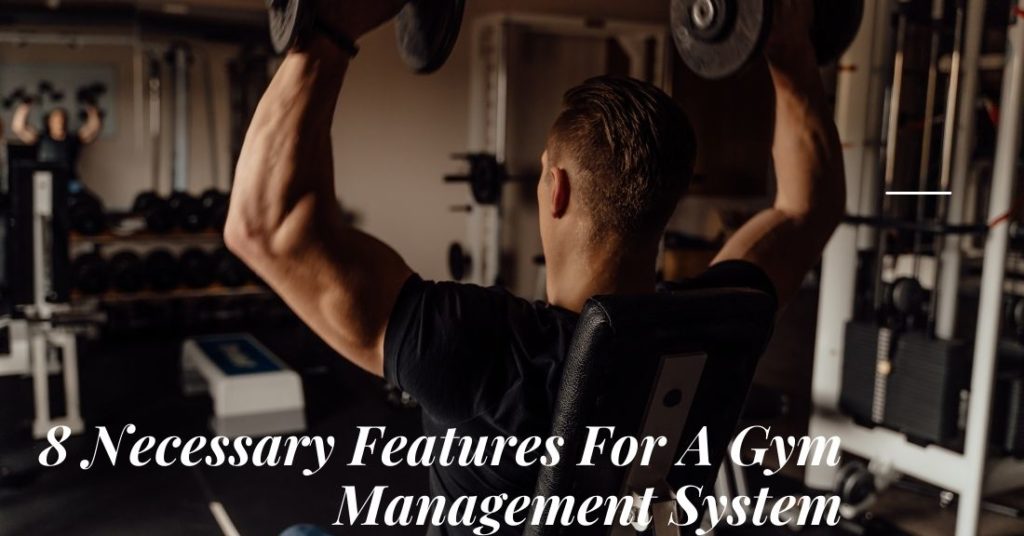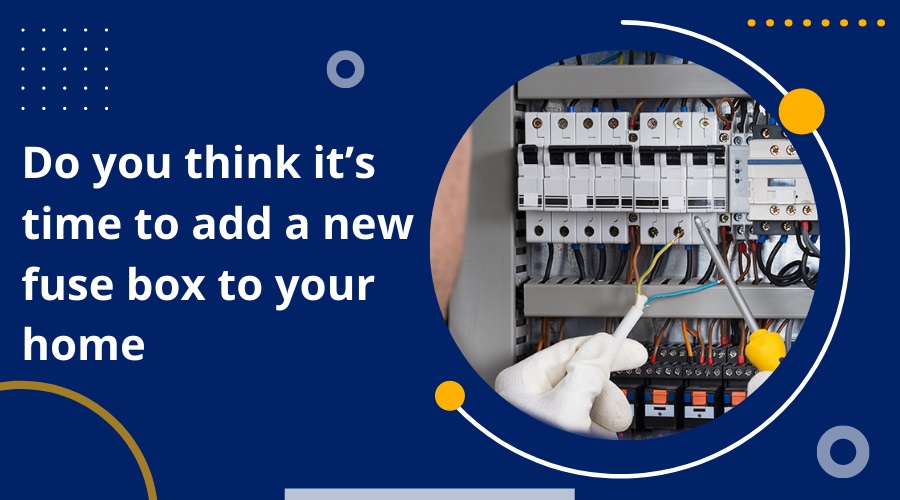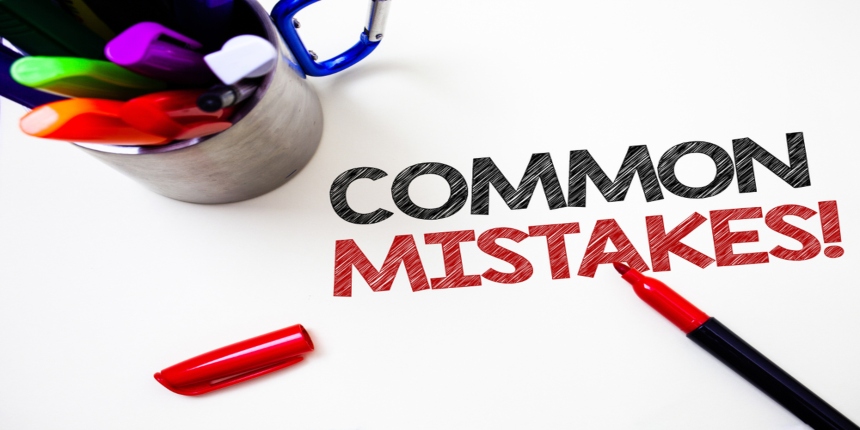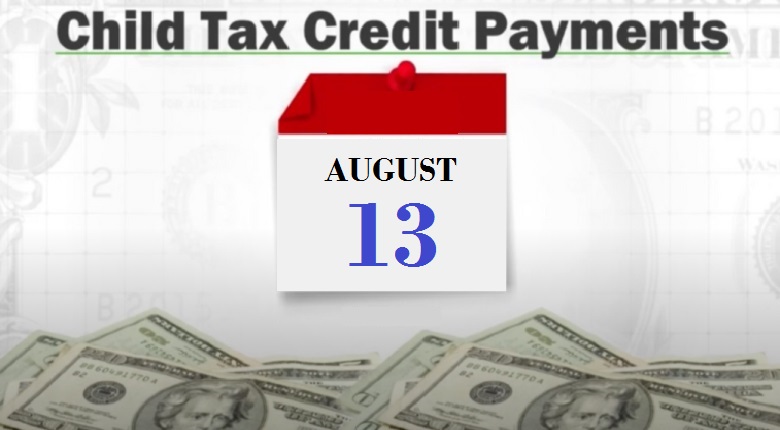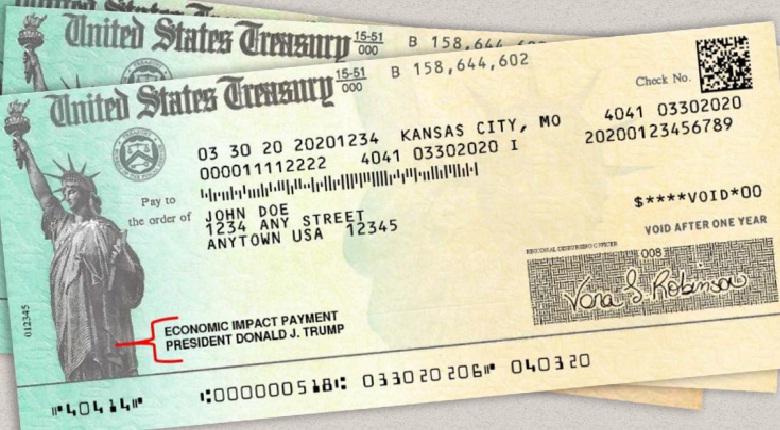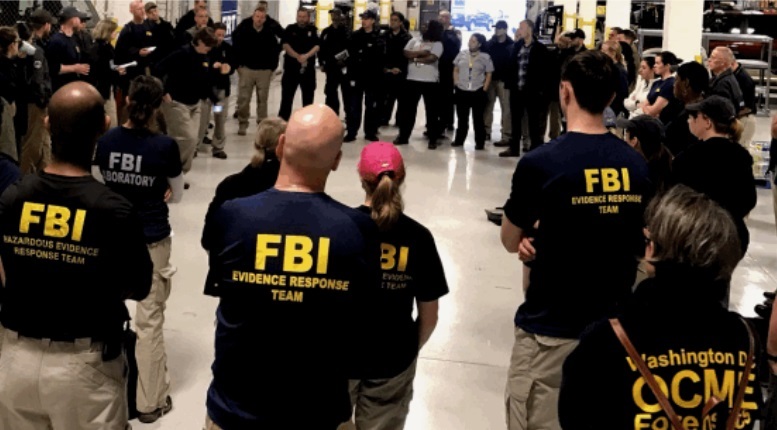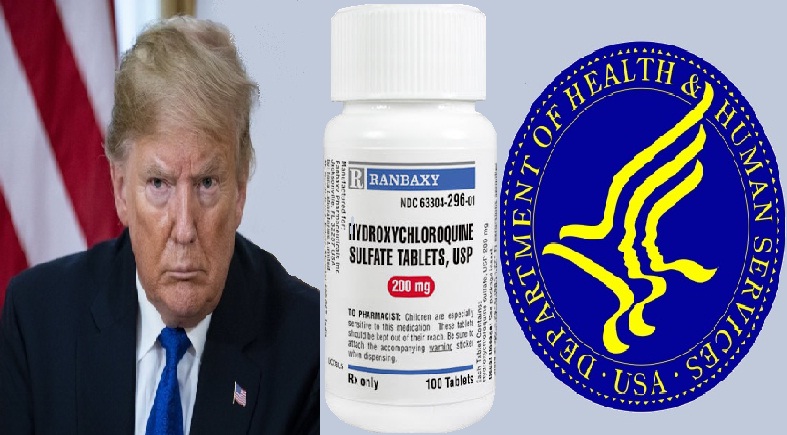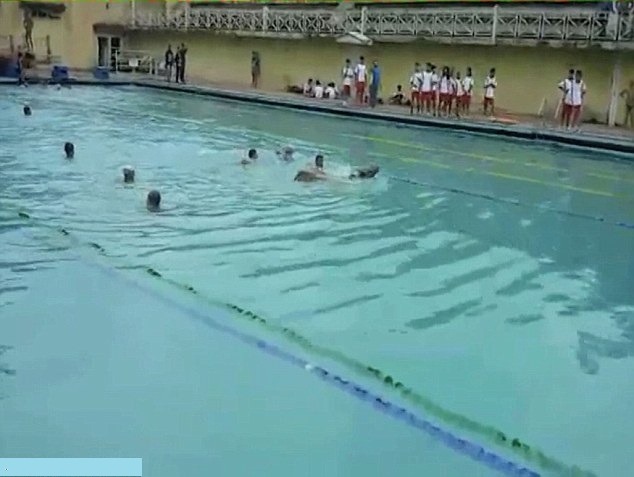How HyperDocs Can Transform Your Teaching

HYPERDOCS
In HyperDocs, all aspects of a learning cycle are contained in a single digital document, such as a Google Doc. Students are provided with links to all of the resources they need to complete that learning cycle in a single document.
BENEFITS OF HYPERDOCS
Fewer lectures
For decades, teachers have been told that lecturing should be reduced, that the sage on the stage should be replaced with a guide offstage. In Highfill’s view, “I feel so bad for teachers when they hear that because they’re like, ‘Well, what am I supposed to do?'” So I’m going in there and putting information in their heads.” HyperDocs take care of direct instruction, but they also offer a lot more, making them an ideal solution.
More face-to-face interaction
Students can work through a good HyperDoc on their own without having to rely on you for guidance. It may seem odd to put a student in front of an electronic device, but “really what it’s doing is freeing up to move around and have increased facetime with the students,” Landis explains.
Flexibility
In the HyperDoc, you can simply change one part of your lesson, and it will take effect immediately; no need to re-copy all of your materials. If each student has their own HyperDoc, they can customize the elements to suit their own learning style.
Read More: Craiglist Fort Collins: Best Offerings on Craigslist
Multimodal opportunities
A HyperDocs digital format makes it possible to include virtually any type of multimedia content. For example, we’re able to expose kids to different types of media. That allows each child to access the learning or content or the information in a way that’s visually or auditorily appealing to them.
Privacy
No one else needs to know if students’ HyperDocs have been personalized for them. So, for example, in Hilton’s words, “They don’t know that maybe their text… is at a different level.” For example, to use Read&Write for Google, the student simply needs to have a small agreement with you and put on headphones.
Hyperdocs building models
Teachers structure HyperDocs in a variety of ways, and you should experiment until you find a structure that works best for you. Consider the following options:
Here’s how it’s done: students follow a playlist of activities, including learning activities, teacher check-ins, and housekeeping chores like creating online accounts.
What math teacher Natalie McCutchen calls “Self-Paced Learning” is an approach to teaching and learning that allows working at their own pace. Students decide that how much practice they need and when they should take the assessment for each learning objective. It’s possible for them to test and move on if they grasp the material quickly.
The first step in the 5E Model is to pique the interest of students. In the following steps, students investigate the topic, explain what they’ve learned, and apply their knowledge in new contexts. The final stage evaluates the progress of students.
The authors of the HyperDoc Handbook have created a model that incorporates. Some of the above-mentioned 5Es but does so with a few additions and alterations. All seven stages are covered in this template. This model’s first step, “Explore,” is critical. Highfill explains the value of this stage. From the beginning, students, instead of passively listening to a teacher explain something, are actively exploring.
Concept:
And coming up with their own ideas and answers about what they’re learning. It’s during these exploratory moments that the teacher is compiling data. Highfill says, “I’m studying my students and hearing to what level are they comprehending a concept. I’m listening to my students. Small groups are easy for me to manage. I’ll be able to work with my students during that time. At all times in the classroom, I am conducting formative assessments to help me plan my next lesson.”
This model, which is based on the planning done at a typical Montessori school, provides each student with an agenda listing their weekly assignments. Students are free to use their class time in any way they see fit, but they must meet all weekly goals. For example, a HyperDoc format could easily be used to convert these from paper to digital form.
OTHER USES FOR HYPERDOCS
For example, HyperDocs can be used to create an extended lesson or unit, but they can also be used for:
plans to be substituted for the teacher
playlists for videos or podcasts
centers or stations for learning
A collection of student-created HyperDocs
resources derived from the parents
departmental, team, or grade-level HyperDocs for teachers to gather and share resources
Tips for achieving success
Start with Template
At First, you may be better served by using a premade template like the ones available for free on HyperDocs.co, rather than starting from scratch. You could also start with a HyperDoc that has already been completed and modify it for your own classroom.
Build-in collaboration, multimedia, and participation.
HyperDocs have the potential to turn into online worksheets that students could just as easily complete on paper. Include interactive posters like ThingLinks and podcasts as well as online flashcards to help. Students participate actively, collaborate, and learn from a variety of media.
Offer choice…
Students who learn at different paces and in a manner that works best for them, HyperDocs are a great option. As a result, whenever possible, provide options. Use a variety of methods and materials to help students learn the material and ways to demonstrate their understanding.
…but don’t “kitchen sink” it.
Students will be overwhelmed if your HyperDoc is crammed with every resource on a subject (“everything but the kitchen sink”). Consider your resources before deciding what to do with them.
Students should be taught how to use HyperDocs
Make sure that even if your students have used HyperDocs in other classes. Your design probably has its own unique attributes, so take the time to demonstrate how to use it. The HyperDoc should also include clear instructions on how to use it.
Involve other teachers in your classroom
Do not do this on your own! The #hyperdocs hashtag on Twitter is being used by thousands of teachers to share and collaborate on the HyperDocs.co site. Remember to credit the person who originally came up with it: When creating your own HyperDoc. Hilton advises that you include your name and a link to your Twitter handle or email address in the header or footer, and that. If you copy someone else’s, you should credit them by saying “Inspired by” or “Remixed HyperDoc originally created by.”
It is not necessary to create a HyperDoc for every single one of your classes.
According to Landis, “That’s not something that any teacher should feel pressured to do,” and “it’s not really realistic. For sake of our children, we don’t want teachers doing the same thing over and over again.”




























